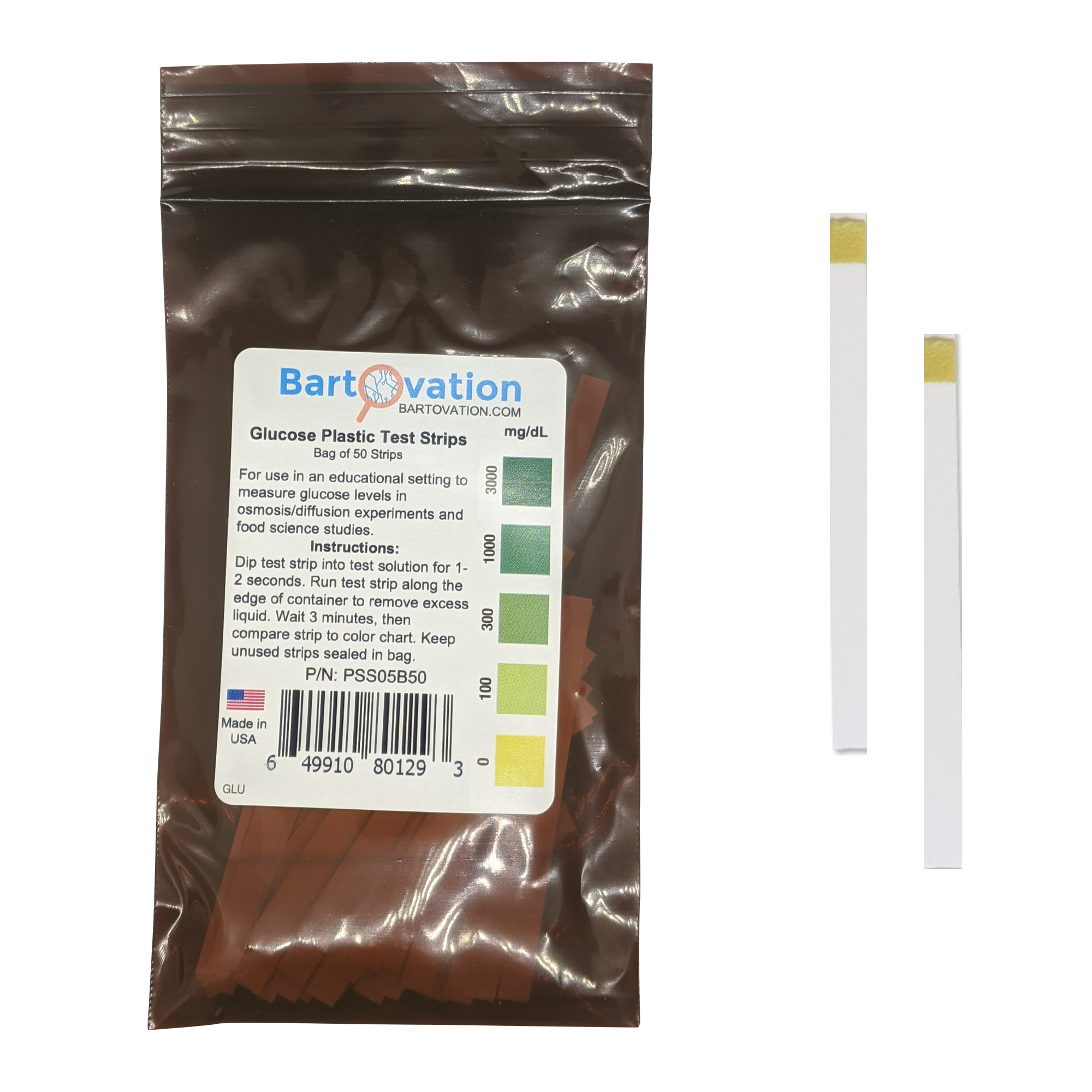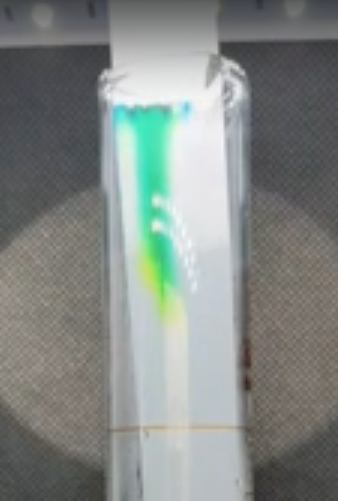Bartovation values STEM educators and their dedication to inspiring the next generation of scientists, engineers, and innovators. We recognize the critical role they play in fostering curiosity and hands-on learning, which is why we are committed to making science accessible to all. Below, you’ll find free lab experiment instructions designed to provide engaging, easy-to-follow activities that bring scientific concepts to life. Whether you’re teaching in a classroom, leading a homeschool lesson, or conducting an interactive workshop, these resources ensure that high-quality STEM education is within reach for everyone.
![Super Taster Test Lab Kit with Instructions, Phenylthiourea (PTC), Sodium Benzoate, Thiourea and Control [Each Vial Includes 100 Paper Strips]](https://bartovation.com/wp-content/uploads/2020/03/71ya5PrdtbL._SL1500_28129.jpg)
Supertaster Taste Test Lab
Taste test strips help users explore the genetic basis of taste perception, particularly the ability to detect bitter compounds like Phenylthiourea (PTC), which is linked to a dominant allele on chromosome seven. Through experimentation, users learn how genetic variation influences individual taste experiences, such as differing reactions to Sodium Benzoate, which can taste sweet, salty, bitter, or be undetectable. By using a control strip as a baseline, users gain a deeper understanding of how taste sensitivity varies among individuals and how natural selection may have shaped these traits.

Osmosis Experiment
Visually demonstrate the processes of diffusion and osmosis using dialysis tubing as a semipermeable membrane. By testing for the presence of glucose, students will gain an understanding of how molecules move across a membrane and how concentration gradients influence the direction of movement.

Chromatography Paper Lab
Chromatography is a scientific technique used to separate and analyze the different pigments in a substance, revealing hidden colors that may not be visible at first glance. This experiment demonstrates how chromatography works by using a strip of absorbent paper (stationary phase) and a liquid solvent (mobile phase) to carry pigments upward at different speeds based on their chemical properties. By observing how pigments separate, users learn about molecular attraction, polarity, and the principles behind forensic ink analysis. For a more advanced exploration, students can calculate the retention factor (Rf) to quantify how far each pigment travels relative to the solvent.
